INTRODUCTION
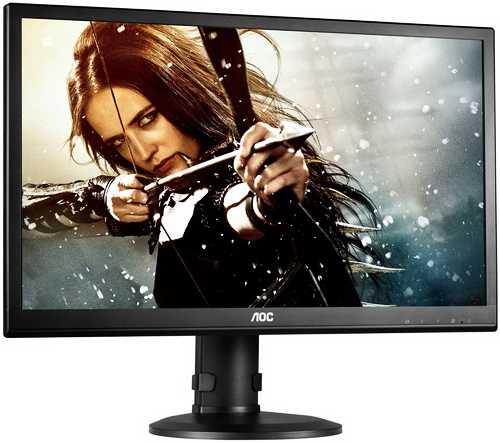
Ever since i got my first "serious" computer system back in 1990 (based on the Intel 80286 CPU) and my first serious gaming only system (the Commodore Amiga 500) roughly a year earlier (which i then upgraded to the 500 Plus model) I’ve always loved playing my favorite games on the largest screen possible. Of course until the late 90's a 17 inch EIZO CRT monitor was pretty much all i could afford but all that changed with the arrival of TFT monitors since by 2005 i was enjoying games on a 21.5 inch Super-IPS model by Samsung. Well after that things progressed much faster thanks to the arrival of the Full HD resolution (1920x1080) era so by 2009 i was using a 26 inch IPS monitor by NEC for gaming and an 55 inch LCD screen by SONY for watching movies. Now 4k Ultra HD resolution (3840x2160) has arrived and with it so have several compatible monitors and TV screens but is it as tempting and impressive as Full HD was over 5 years ago? Well in an effort to find out today we're testing the first 4k Ultra HD compatible monitor by AOC the U2868PQU.
AOC is one of the global top brands in the display market. High quality, first-rate service, an attractive design as well as environmentally friendly and innovative products at competitive prices are the reasons why more and more consumers and distribution partners trust in AOC. The exceptionally broad product range of computer displays has won numerous awards. AOC is a subsidiary of TPV Technology Limited, the world’s largest LCD manufacturer. AOC serves the Western European, Middle East and African markets from its headquarters in Amsterdam. The Eastern European and CIS markets are served by a local office in Prague. Through its network of local sales teams AOC works with all major IT distributors and resellers.
To my knowledge there are currently three types of 4k compatible screens in the market, the somewhat new IGZO ones (Indium gallium zinc oxide) which are manufactured by Samsung and Sharp, the high-end IPS ones and the low/mid-end TN ones. We all know what IPS panels are capable off but surprisingly enough the main "fight" is currently between IGZO and TN ones. Panels featuring IGZO technology however are more expensive than the regular TN ones for three very apparent reasons, better viewing angles, reduced power consumption and improved color accuracy/reproduction. Because of that many manufacturers like AOC choose TN panels to create cost-effective 4k UHD compatible screens and as you might have guessed already the brand new U2868PQU is one such monitor. The U2868PQU uses a WLED/TN panel which features a brightness of 300cd/m2, 60Hz refresh rate, 1ms GTG response time and a 1000:1 typical contrast ratio. 60Hz refresh rate may not seem much but leaving out the fact that in order to climb to 120Hz we need to wait for the new DisplayPort 1.3 specification it's much better compared to the 30Hz limitation of the first 4k monitors released over a year ago. Now since this is our first monitor review we don't have anything special in terms of testing equipment (if we get more screens for testing in the future we will) so this review is pretty much based on our opinion after using it for roughly a month primarily for games and movies.
SPECIFICATIONS AND FEATURES

PACKAGING AND CONTENTS
The U2868PQU screen arrived inside a colorful box with two product pictures at the front and rear.
Some of the features are listed on the left side above a sticker with the serial number, barcode and product color printed on it.
Once you open the box you will see the energy class chart (this product has a C rating) and several drawings showcasing the available connectors and the base of the monitor.
Everything is nicely packed between two thick foam spacers.
The bundle includes the U2868PQU monitor, round base, HDMI cable, DisplayPort cable, VGA cable, 3.5mm to 3.5mm audio cable, cable clip, USB cable, AC power cord and a software CD.
THE U2868PQU
Design-wise the U2868PQU with its plain black bezel is nothing exciting.
Instead of buttons AOC used a touch panel placed on the lower right corner.
The model name is printed on the top right corner of the screen.
The stand allows the screen to pivot between landscape and portrait modes, can swivel up to 90 degrees, has adjustable height of up to 13 cm and tilts vertically from -5 degrees to +23 degrees.
AOC has placed two 3W speakers on the two ends of the screen and although not even close to being powerful still they can come in handy.
At the rear of the screen we find the DVI-D, HDMI (MHL support included), DisplayPort and D-Sub (VGA) connectors along with two 3.5mm audio ports while on the right side there are 2 USB 2.0 ports, 2 USB 3.0 ports (one is powered so it can be used to charge devices at all times) and a USB 3.0 host port.
The model name, electrical specifications, barcode, factory rollout date and several certification logos are placed on a sticker at the rear of the screen.
USING THE U2868PQU
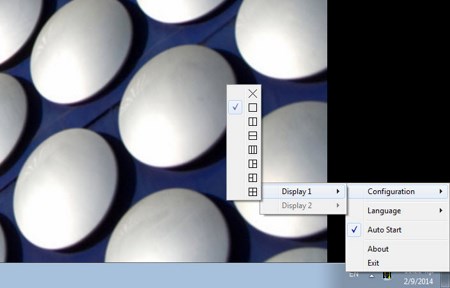
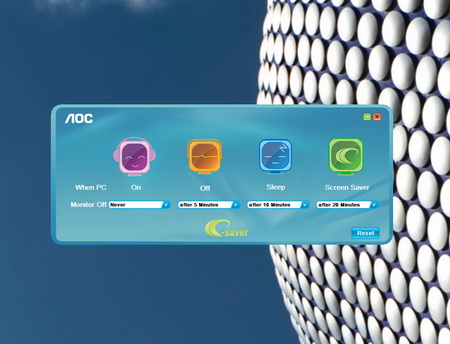

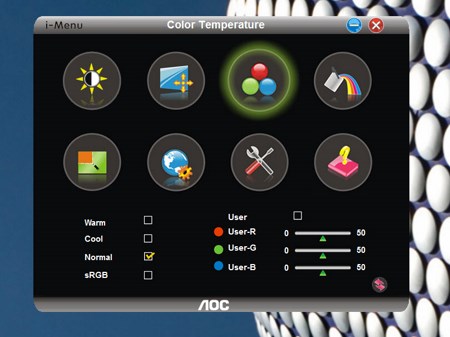
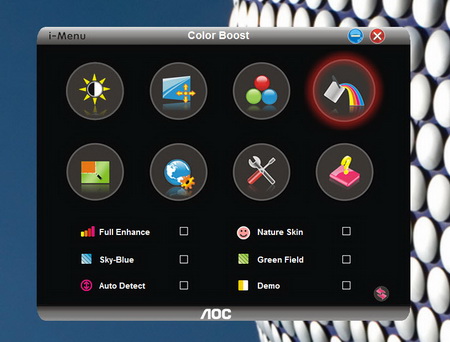
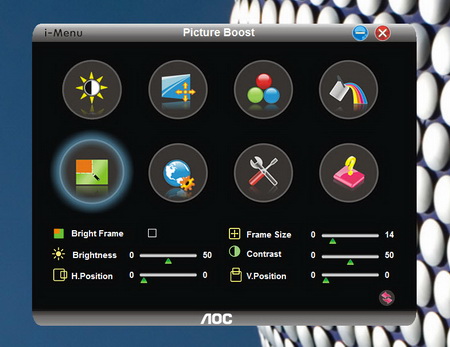
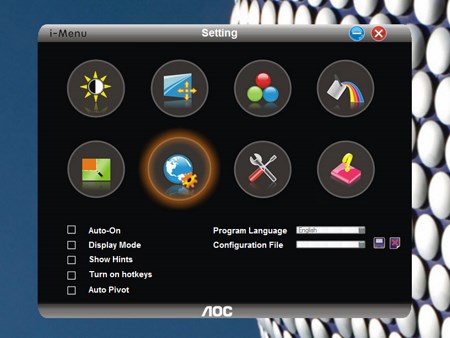
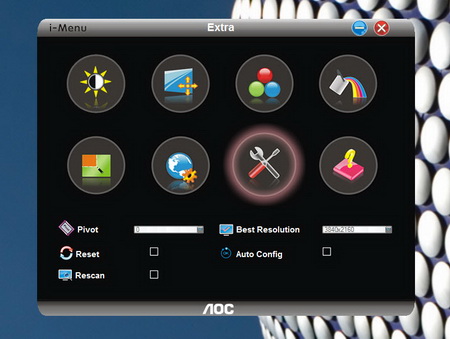
Although the touch panel implemented at the lower right of the screen allows you to adjust everything AOC also provides several programs that allow you to perform most of these actions from the desktop (and even more).

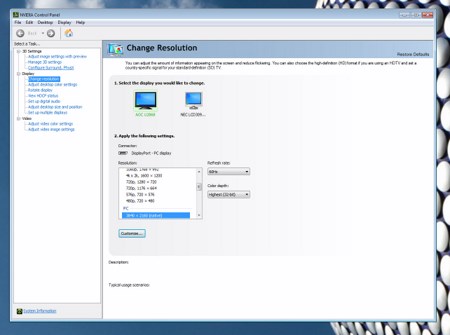
Do keep in mind that if you choose to plug your system using the DVI-D port (or the HDMI port for that matter) you can only get up to 30Hz at 3840x2160. To climb to 60Hz you will need to use the DisplayPort connection (as seen above).
Via the touch panel you can access a total of 7 tabs. The Luminance tab allows you to control contrast, brightness, Gamma, OCR, Eco mode and overdrive functions while the Color Setup tab allows the end user to set the color temperature and adjust the color strength.
The Picture Boost tab can be used to choose a specific screen area which will have its own brightness and contrast while the OSD Setup tab allows you to setup the On Screen Menu position, transparency and timeout (keep DP capability to v1.2 at all times).
Picture in picture may not be a new feature since even my Samsung screen had it back in 2005 but we really don't really see it much.
From the Extra tab not only can you see information regarding the current resolution and H/V frequencies but you can also select the input and setup the timer (at first we used a media player with the U2868PQU which could only output Full HD resolution).
VIEWING ANGLES - PICTURE DETAIL
The U2868PQU has a horizontal viewing angle of 170 degrees and as you can see it's not half bad for a TN panel.
On the other hand although the vertical viewing angle is set at 160 degrees and from above the picture is quite good the same doesn't apply when you're looking from bellow. This should not affect most people since chances are you will be staring the screen head on but still we did find it strange.
We played several games with the U2868PQU to check its response time and input lag and although the results were quite good we did have slight lag problems when playing fast passed FPS titles like Planetside 2.
4k resolution however has its perks and if the game you're playing supports it you will also get more detail like we did with for example Planetside 2 (top screenshots are with a resolution of 3840x2160 while the bottom ones are with a resolution of 2560x1600).
We also used the alpha of Star Citizen and although detail is roughly the same you do see a good difference in sharpness even when comparing 2160p with 1600p.
TEST RESULTS - POWER CONSUMPTION

While in power saving mode the U2868PQU uses less than 1W while when turned on it never goes over 53W (we also placed consumption results from the 3 other LCD screens we had access to at the time of this review).
CONCLUSION
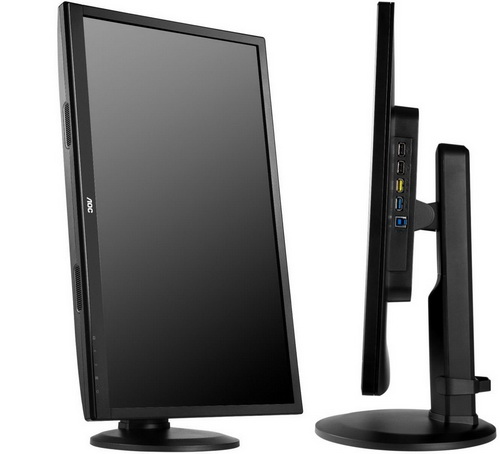
Because we lack the necessary equipment to perform thorough reviews of LCD screens i was at first skeptical about starting such reviews but almost a full month of using any LCD screen should be enough to at least cover most angles. So after using the U2868PQU by AOC with several games and movies we all agree that it's a good LCD monitor for everyday use but simply put far from perfect. It does offer 4k UHD resolution which can come in handy for professionals but at least for us 28 inches for such a resolution is not ideal (personally i feel that 4k should be used with screens well above 32 inches in size) and ontop of that although the monitor has an impressive response time of 1ms (GTG) there's quite a bit of input lag when playing fast passed games something which will almost certainly annoy serious gamers (this is especially important for online gaming). We also had some issues with the first model we received by AOC (it would just turn off when launching some games in 4k resolution) so we had to wait until they send the revised model to us which indeed worked as it should without hiccups (according to AOC there's a FW update for the first release so if you got one from the first batch you can use that to resolve any issues). The 30Hz limitation when using DVI-D or HDMI is also quite annoying since that only leaves you with DisplayPort but this applies to most if not all 4k monitors right now so we really can't blame AOC for it. Build quality is also quite good but having used two NEC MultiSync screens for the past 5 years the U2868PQU does seem a bit "weak" compared to them.
With the U2868PQU AOC aims at the masses something which you can tell that the moment you read that it uses a cost-effective WLED/TN panel instead of the more expensive IGZO/IPS ones. Because of that it currently retails for a very tempting price tag of USD509.99 inside the USA (Amazon.com) and for 461.16Euros inside the EU (Amazon.de). Getting a 4k UHD resolution LCD monitor at a bargain price however means compromises and with viewing angles which are good but not great and quite a bit of input lag the U2868PQU is evidently aimed towards people who care not about these downsides or who just don't want to spend more on a technology which has yet to mature sufficiently. Overall however the U2868PQU may not be great but it is a good everyday LCD monitor (certainly amongst the best TN based 4k UHD ones to date) with 4k UHD resolution at a bargain price and that's why it walks with our Golden Award.
 PROS
PROS
- Good Build Quality
- 4k UHD Resolution
- Overall Image Quality
- 1ms GTG Response Time
- Touch Panel Controls
- Stand (Height/Pivot/Swivel Adjustable)
- 4 USB Ports
- Price (For Some)
CONS
- Input Lag (For Some)
- Vertical Viewing Angle

 O-Sense
O-Sense





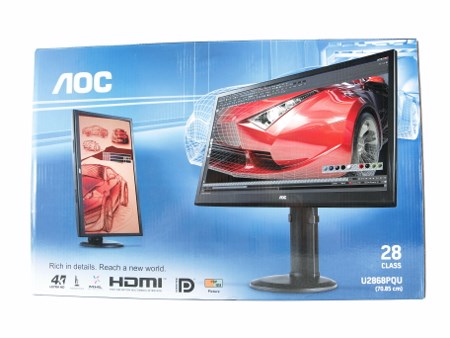
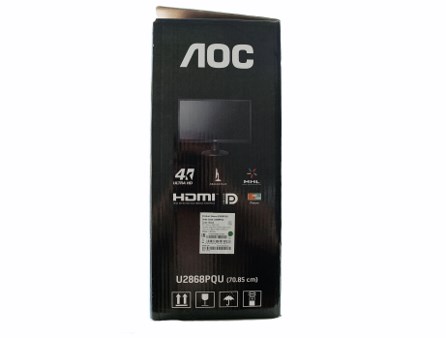
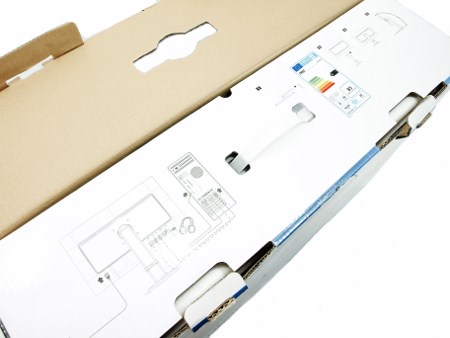
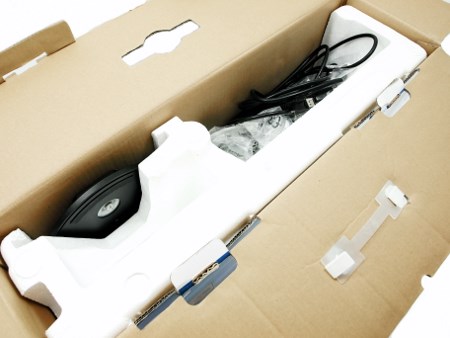

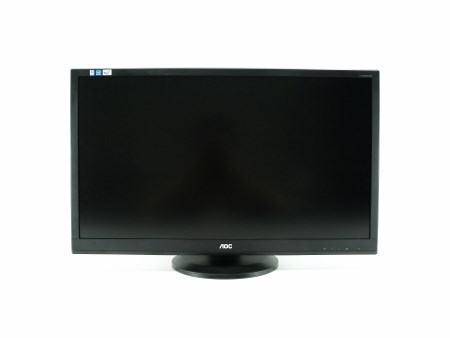
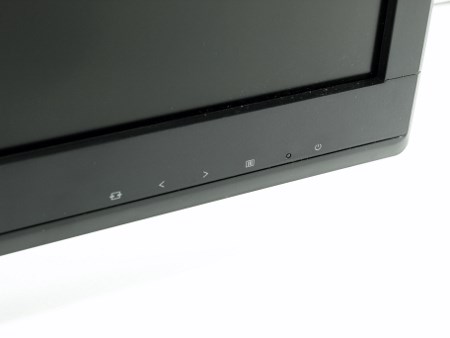
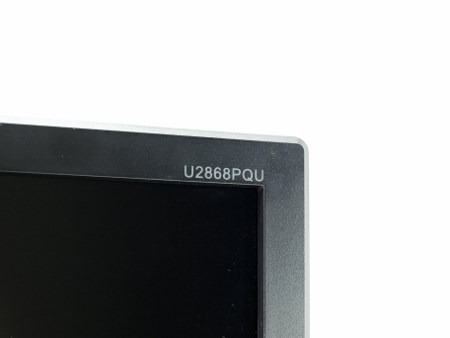
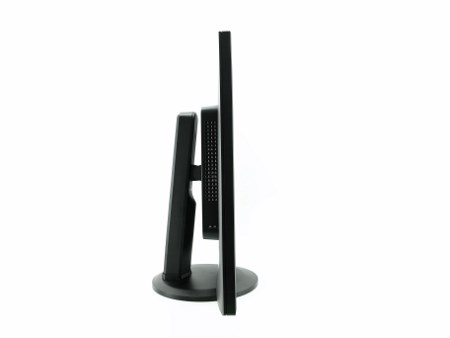
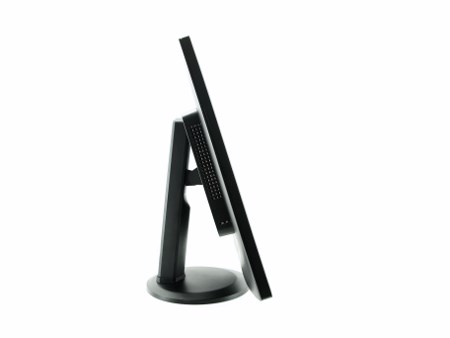
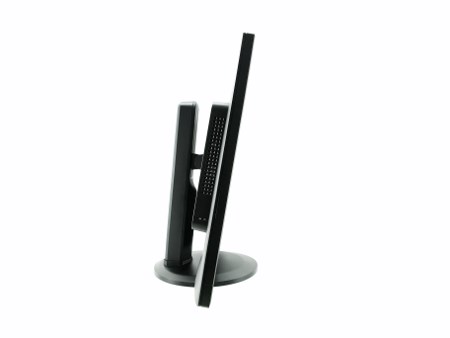
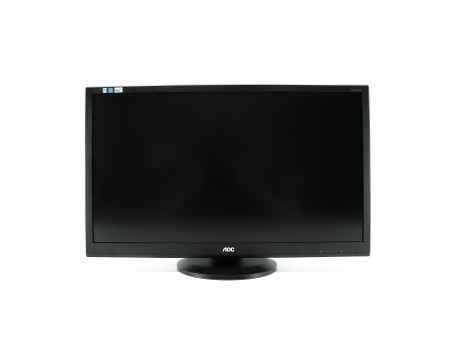
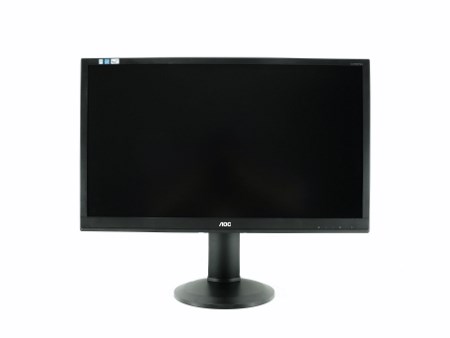
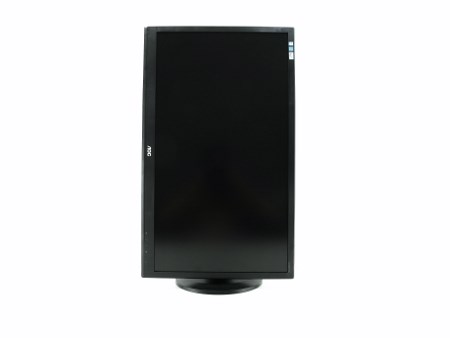
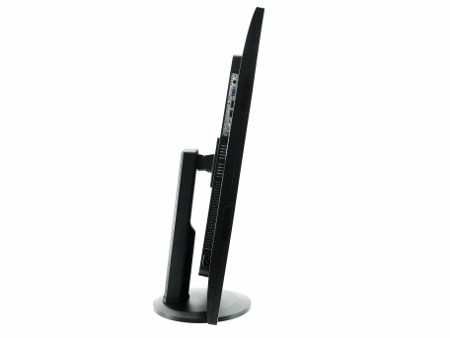
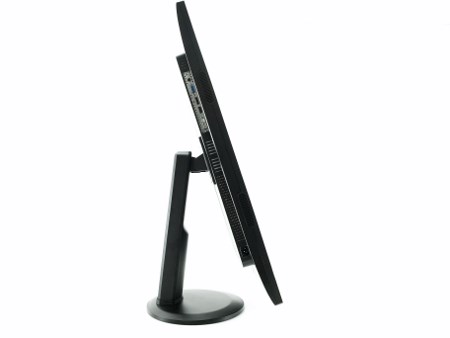
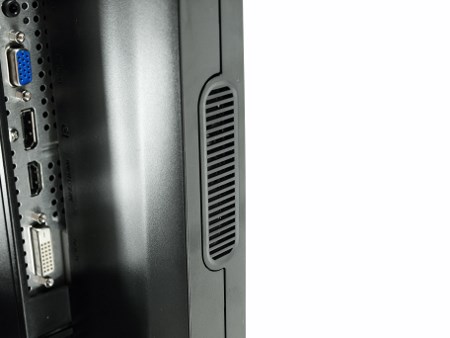

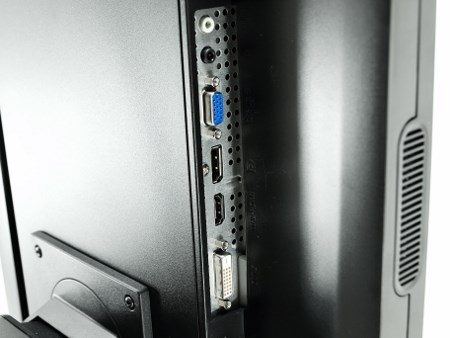
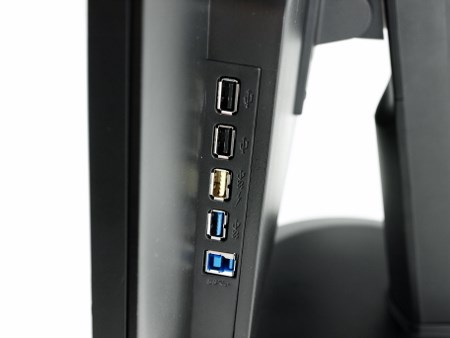
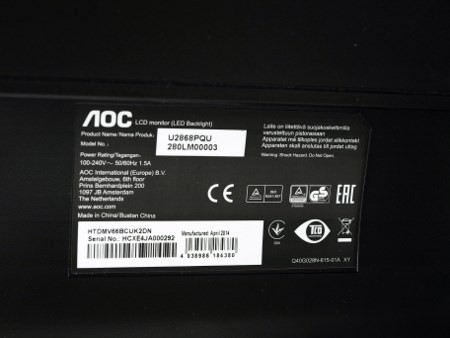
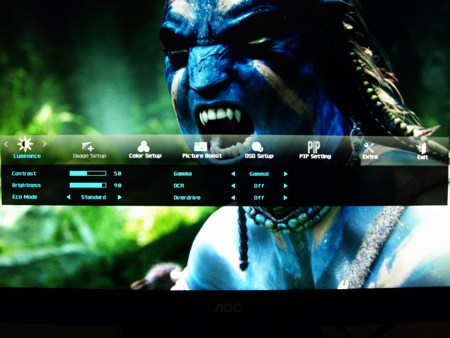
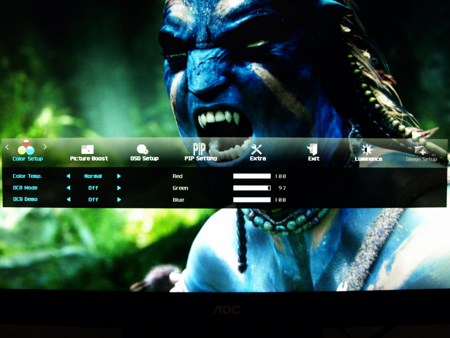
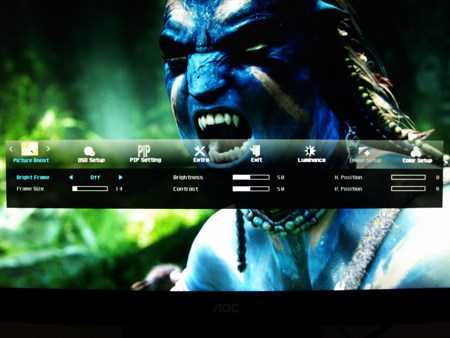
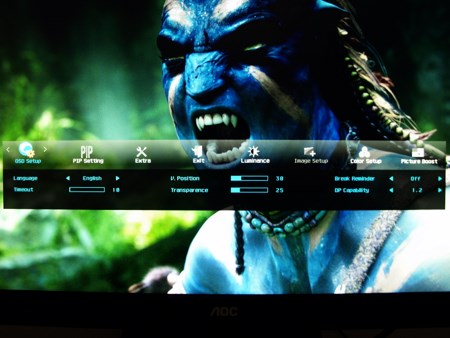



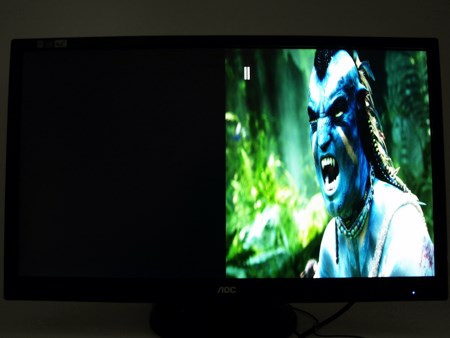
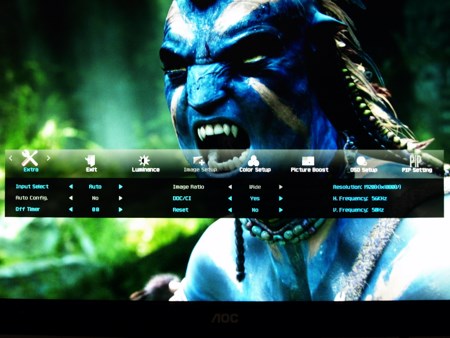
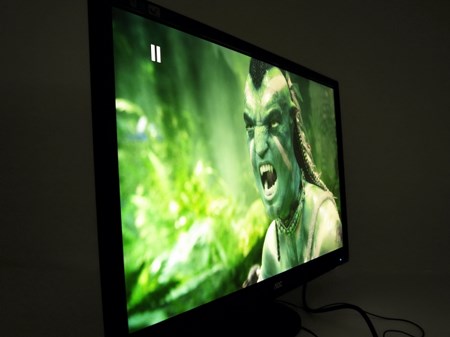

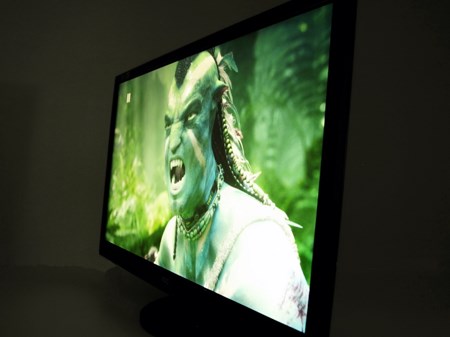
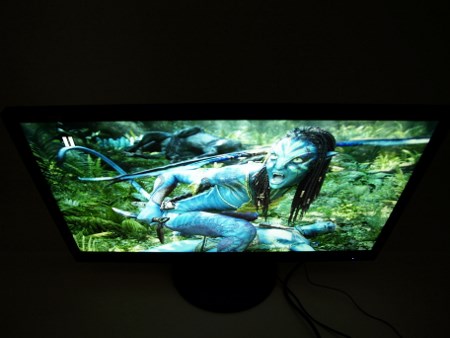
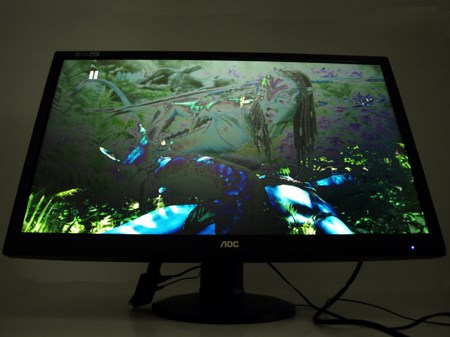
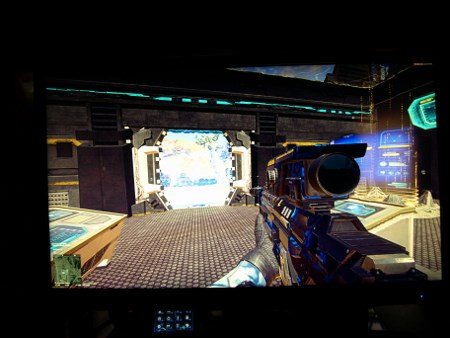
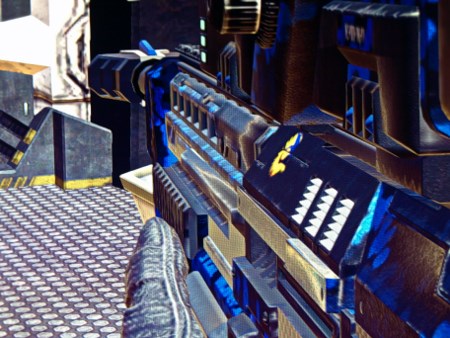







.png)

